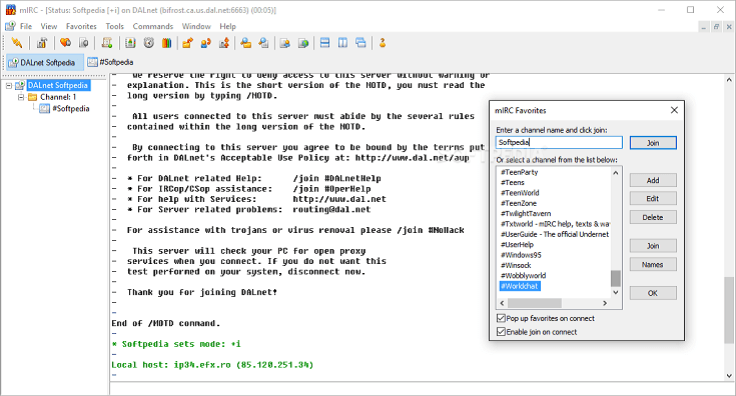
It was noted that the liquefaction-induced settlement of the building increased as peak ground acceleration (PGA) increased, where the percentage increase ranged between 2.5% and 888.0% depending on the soil density, thickness of the liquefiable layer, PGA and the predominant frequency of the seismic shake.


In addition, the effect of the soil density and the thickness of the liquefiable layer were examined. The solid-fluid fully coupled analysis was conducted with OpenSeesPL utilizing 58 earthquake records to simulate a wide range of shaking scenarios. This paper attempts to enhance the understanding of this phenomenon by simulating an RC structure resting on liquefiable soil and subjected to seismic shakes. The seismic response of buildings resting on liquefiable soil is a complex problem that is still poorly understood despite numerous studies on the topic.


 0 kommentar(er)
0 kommentar(er)
